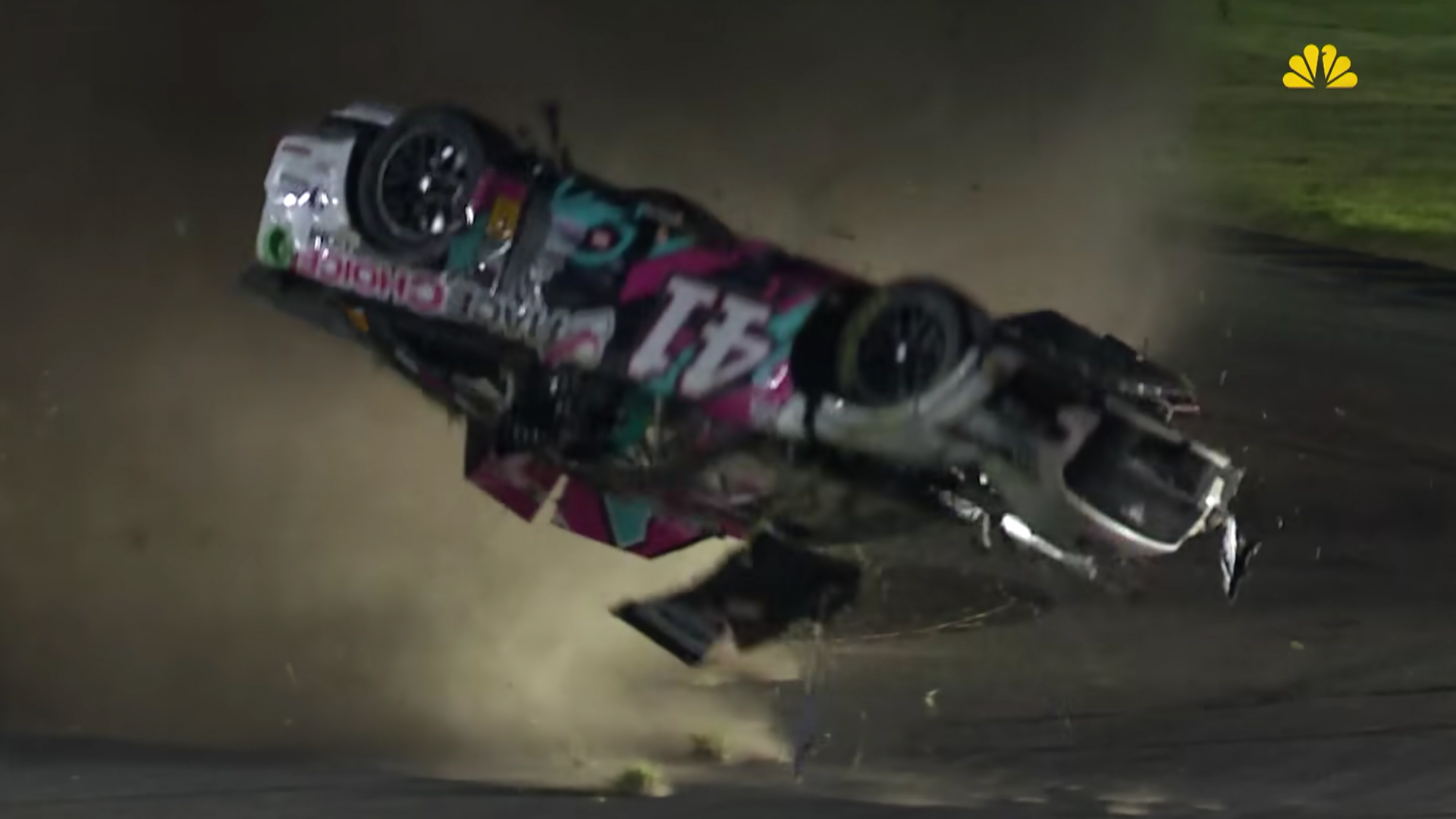

If you follow NASCAR at all, you’ve seen the pair of wrecks from Saturday’s Coke Zero Sugar 400 at Daytona. Ryan Blaney was put in the wall while leading the pack on lap 95 and, later on, Ryan Preece barrel-rolled at least 10 times after exiting the track sideways. Both drivers are fine, and that’s great news, though their respective wrecks have sparked a bigger conversation about safety with equal parts praise and concern.
Blaney’s incident didn’t look as nasty, but it was reminiscent of the wreck that killed Dale Earnhardt Sr. at Daytona in 2001. The end result was thankfully much different as Blaney was released from the infield care center not long after. Everyone has the HANS device and SAFER barriers to thank for that.

Still, it’s tough not to wince whenever “The Big One” strikes. Blaney was just the first of many whose race ended on the final lap of stage two. “It stinks,” Blaney said in an NBC Sports interview, adding, “A lot of cars got torn up.” That’s always the case with a field full of Cup cars running at a superspeedway, whether it be Daytona or Talladega. The Next Gen car’s aerodynamic package breeds pack racing and when one car goes, so do the rest.
This is the point Jalopnik raised, critiquing those who laud NASCAR’s safety improvements while glossing over the fact that wrecks like Preece’s continue to happen. His No. 41 Ford Mustang was already sideways by the time it hit the grass below the apron, sending it up and over despite the hood flaps deploying completely. There was nothing the car could do to stay right side up, partially due to the conditions of the crash but also the mixed surface just off the course as some fans point out.

NASCAR has continually tweaked the Next Gen car for safety reasons as drivers criticized earlier iterations for being too rigid. That seems to be mostly fixed now, but figuring out how to keep cars grounded at 150 miles per hour is a lot trickier. NASCAR took possession of the No. 41 Mustang Cup car and is studying it at its R&D center, so hopefully this will help inform future upgrades.
Wrecks are a part of it, and as Preece even said afterward, “If you want to be a race car driver, you better be tough.” That’s good to keep in mind, but here’s to hoping drivers aren’t put in the position to be this tough forever.
Got a tip or question for the author? Contact them directly: caleb@thedrive.com